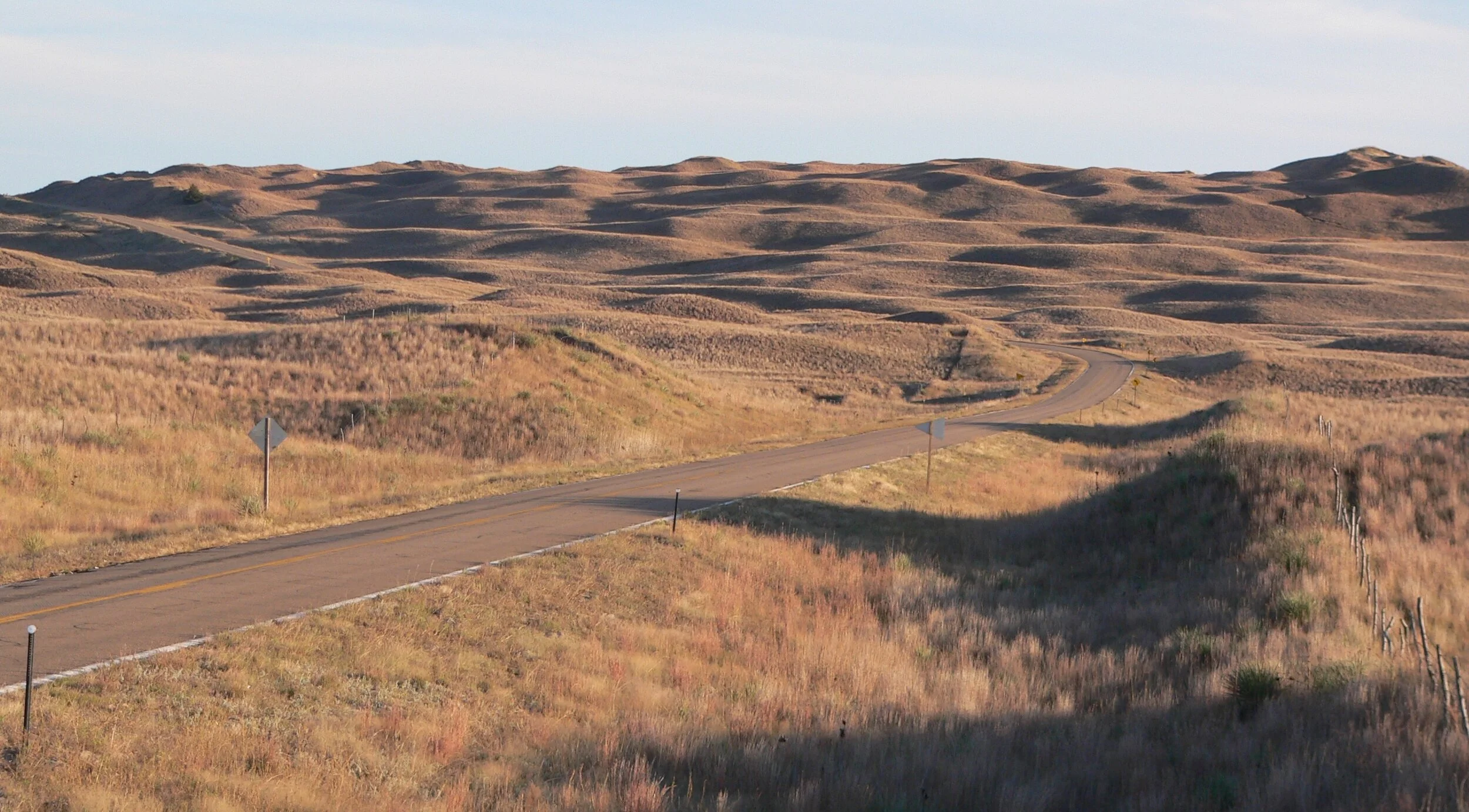Where to find the largest sand dune formation in the Western Hemisphere
Novelist Jim Harrison once called the Nebraska Sandhills “without a doubt the most mysterious landscape in the United States,” and for good reason. “The vastness and waving of the hilly grasslands in the wind make you smell salt,” he wrote.
Stabilized by a fragile hide of prairie grass and encompassing roughly 20,000 square miles, the Sandhills is the largest sand dune formation in the Western Hemisphere. As the last Ice Age began to wane, glacial meltwater carried sand and silt from the Rocky Mountains to central Nebraska, where the relentless winds whipped up dunes like surf cresting offshore.
The Nebraska Sandhills region is home to four of the top 10 least populated counties in the U.S. While the COVID-19 pandemic has shuttered tourist attractions across the country, many of those in the Sandhills—a National Natural Landmark since 1984—are ready-built for social distancing. A relaxing road trip through north-central Nebraska, traveling east to west, affords the visitor easy and responsible access to a host of overlooked attractions, from a celebrated sculpture garden hidden in plain sight to the largest handplanted forest in the Western Hemisphere. All of it set against the surreal beauty of one of the largest remaining intact grassland ecosystems in the world.





